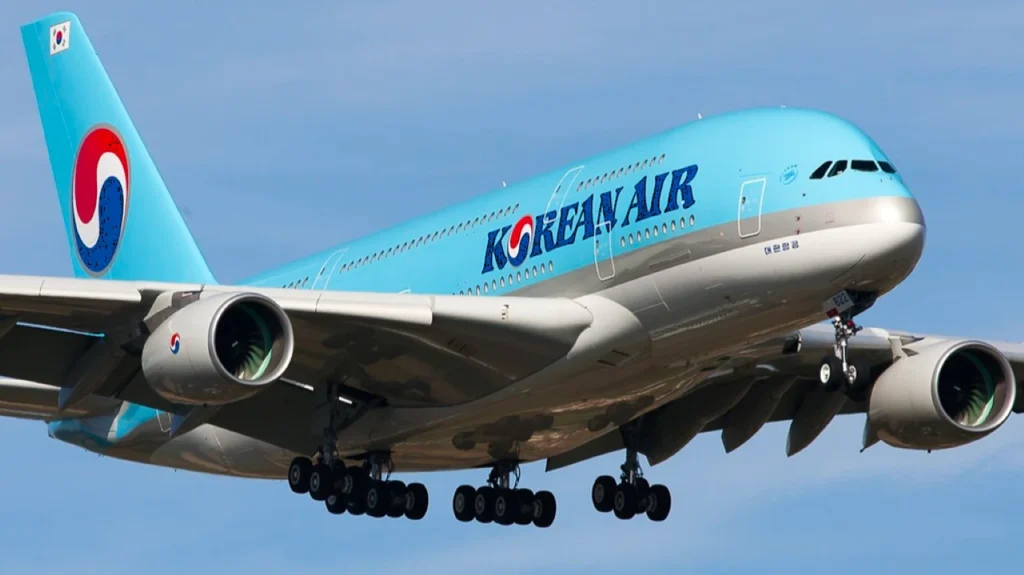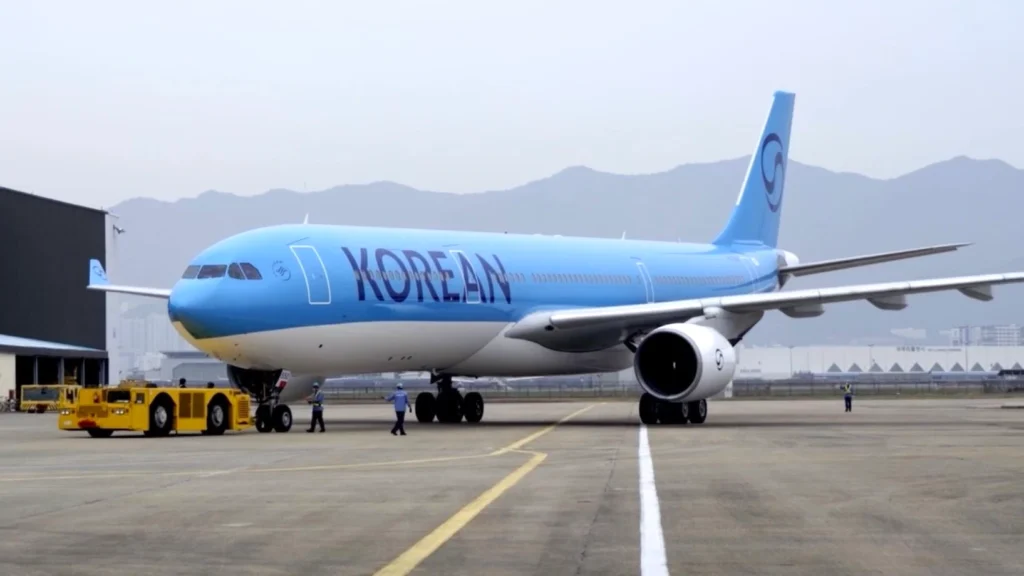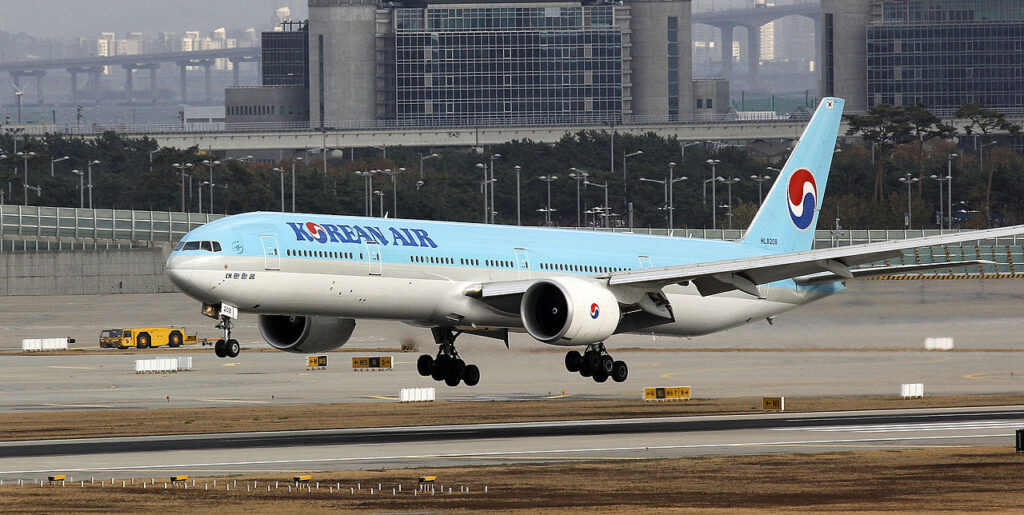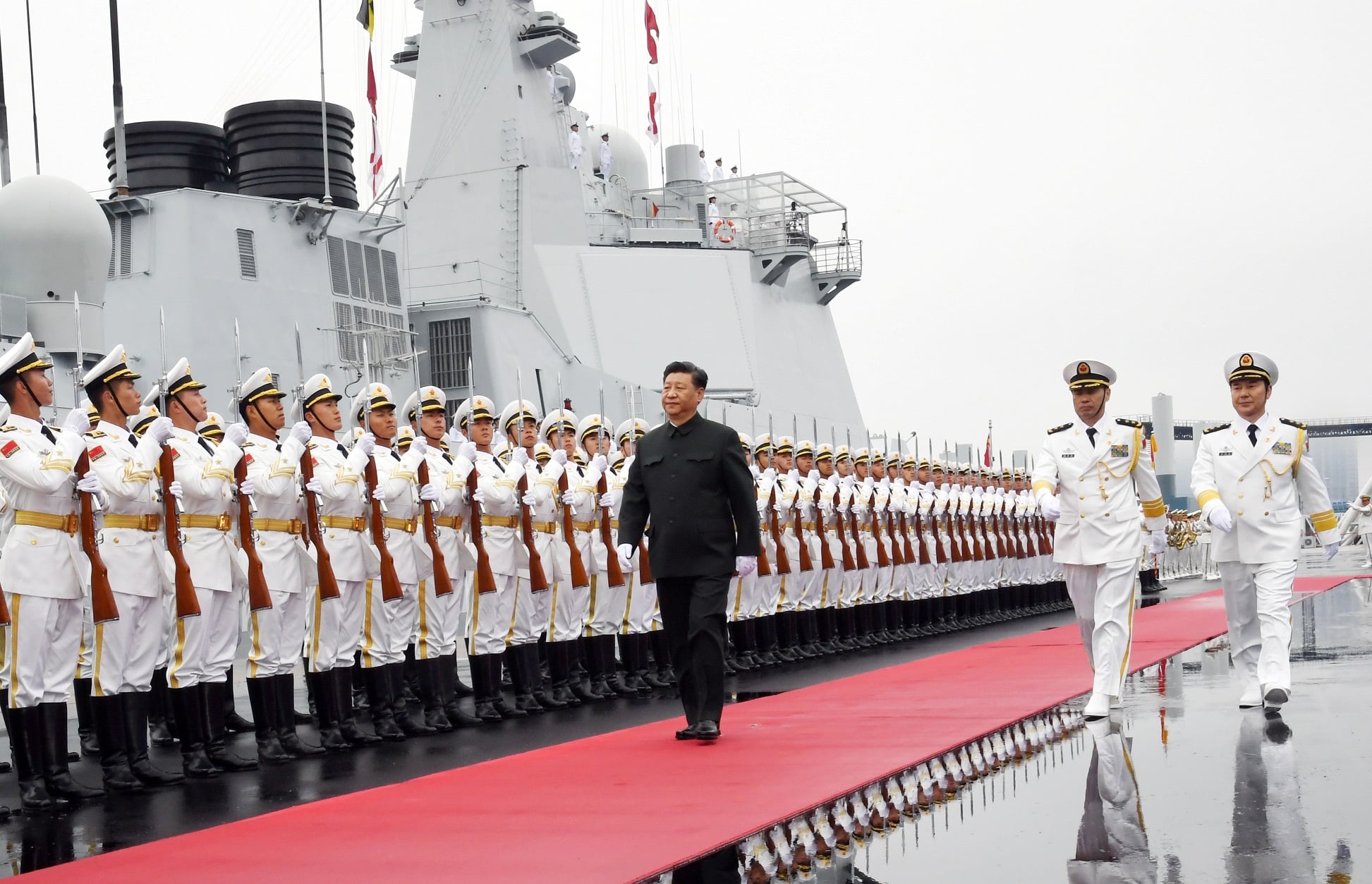
SEOUL- Korean Air (KE), South Korea’s flagship carrier, drastically cuts international flights from regional airports, sparking debate.
The 45% drop in flights from 2019 to 2024 reflects delivery delays and a strategic shift to long-haul routes, amid uneven demand recovery. These changes highlight aviation sector challenges.
 Photo: Clément Alloing
Photo: Clément AlloingKorean Air Cuts 45% of Flights
Korean Air (KE) operated 6,199 international flights from regional airports in 2024, down from 11,408 in 2019, excluding Seoul’s Gimpo (GMP) and Incheon (ICN) airports.
This 45% decrease reflects the airline’s pivot amid an industry-wide restructuring, with delays in aircraft deliveries further limiting capacity.
At Gimhae Airport (PUS) in Busan, Korean Air’s international flights dropped by 42%, from 9,675 in 2019 to 5,567 in 2024.
The downward trend continued in early 2025, with first-quarter flights falling 36% year-on-year, from 2,580 to 1,632.
According to Korea JoongAng Daily, Korean Air attributed the cutbacks to delivery delays from aircraft manufacturers, forcing temporary route reductions.
However, critics argue the airline is disproportionately favoring Seoul’s Incheon Airport, where flight reductions were limited to 5.7%.
Aviation analysts note that Korean Air is reallocating resources toward long-haul and more profitable international routes, especially amid uneven demand recovery.
Regional routes such as Busan to China have seen slower rebounds post-pandemic, further justifying the airline’s shift in strategy.
By consolidating operations at major hubs like Incheon, Korean Air aims to optimize fleet utilization and reduce costs during a period of global supply chain disruptions and evolving travel patterns.
 Photo: Korean Air
Photo: Korean AirRegional Impacts
The reduction in regional flights has sparked backlash. Busan (PUS), a vital economic center, faces reduced connectivity, potentially affecting tourism and trade.
Civic groups argue that Korean Air’s (KE) minimal cuts at Incheon (ICN) reflect a bias toward Seoul-centric operations, sidelining regional economies.
Local politicians have called for government intervention to ensure equitable service distribution.
The aviation sector’s uneven recovery complicates the issue. While long-haul routes regain traction, regional demand lags, particularly for routes to China.
Korean Air’s adjustments align with these realities but risk alienating regional stakeholders.
 Photo: By Minseong Kim – Own work, CC BY-SA 4.0, https://commons.wikimedia.org/w/index.php?curid=37261696
Photo: By Minseong Kim – Own work, CC BY-SA 4.0, https://commons.wikimedia.org/w/index.php?curid=37261696Future Outlook
South Korea’s aviation industry faces ongoing restructuring. Korean Air (KE), a SkyTeam member, navigates a complex landscape of supply chain disruptions and shifting passenger preferences.
The airline’s focus on long-haul routes positions it to compete with global carriers, but regional airports like Gimhae (PUS) may struggle without diversified services.
Future recovery depends on resolving aircraft delivery delays and stabilizing regional demand.
Korean Air may revisit regional routes as conditions improve, but for now, its strategy reflects cautious optimization amid uncertainty.
Stay tuned with us. Further, follow us on social media for the latest updates.
Join us on Telegram Group for the Latest Aviation Updates. Subsequently, follow us on Google News
Korean Air Restarts Longest 747 Passenger Flight in the World
The post Korean Air Cuts 45% of Regional International Flights Amid Fleet Delays appeared first on Aviation A2Z.
















